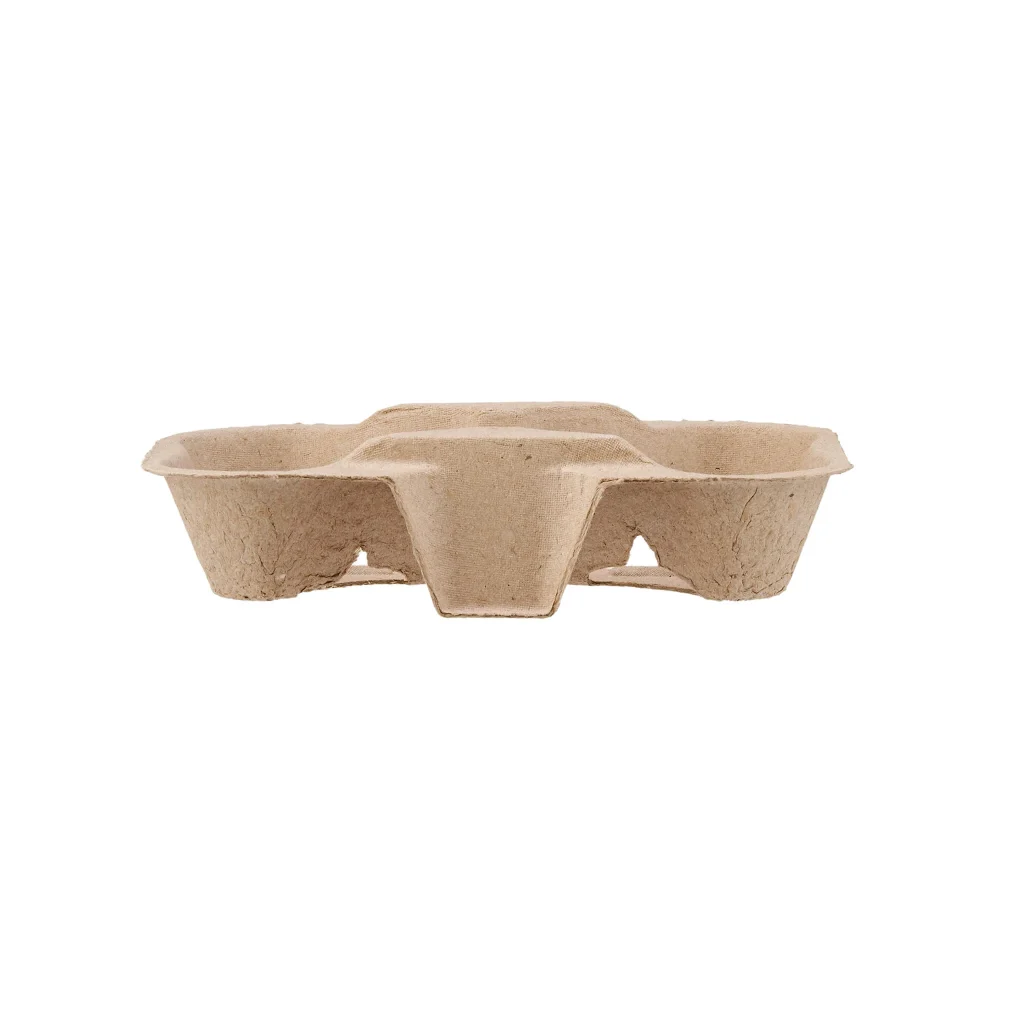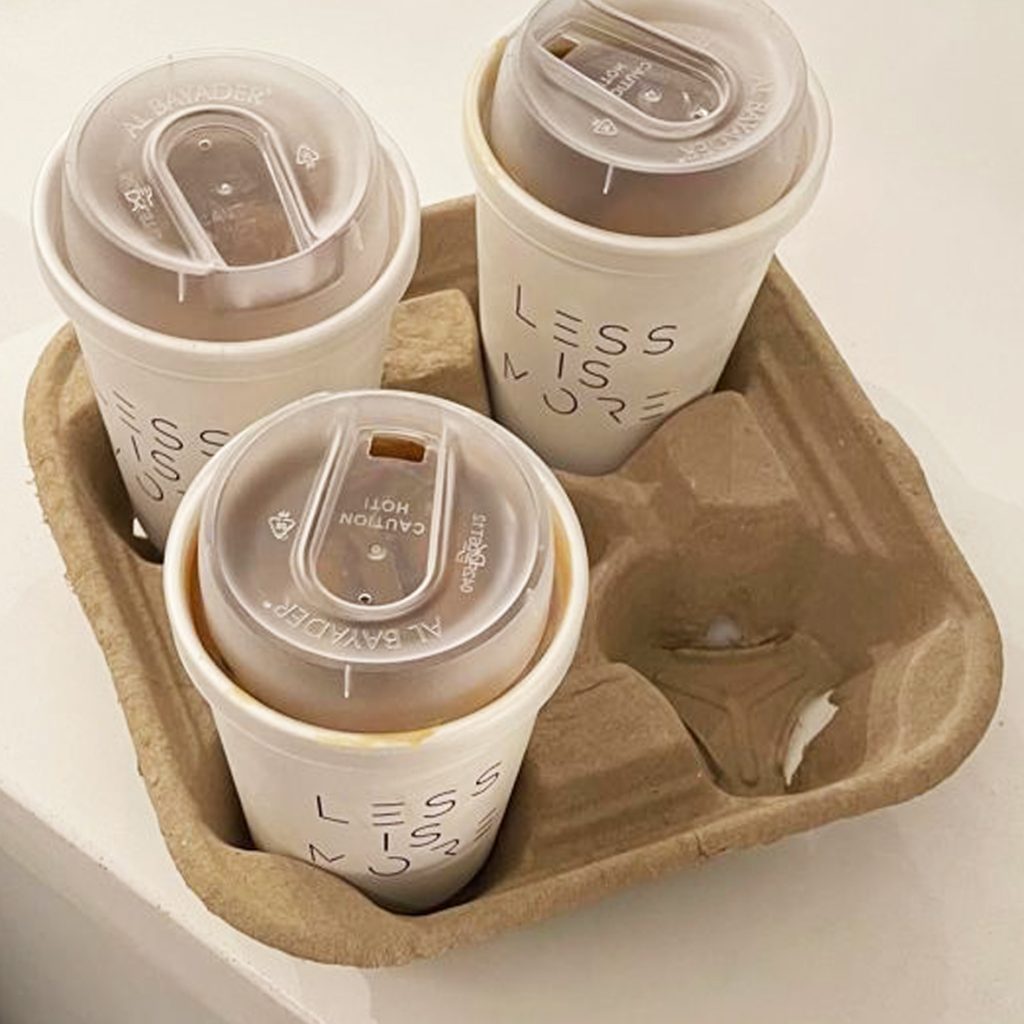Introduction to Bagasse
Bagasse, the fibrous residue left over from sugarcane processing, was once considered a mere agricultural waste product, often discarded or burned. However, with the growing global focus on sustainability, bagasse has emerged as a versatile and eco-friendly raw material. This transformation highlights the potential of agricultural byproducts to become valuable resources, reducing waste and dependence on non-renewable materials.
Bagasse is primarily composed of cellulose, hemicellulose, and lignin—components that give it a structure similar to wood fiber. This composition provides the necessary strength and flexibility for repurposing bagasse into various products, such as packaging materials and paper. Since its production is tied to the sugarcane industry, bagasse is inherently renewable and offers an environmentally friendly alternative to traditional materials like wood pulp and plastics.
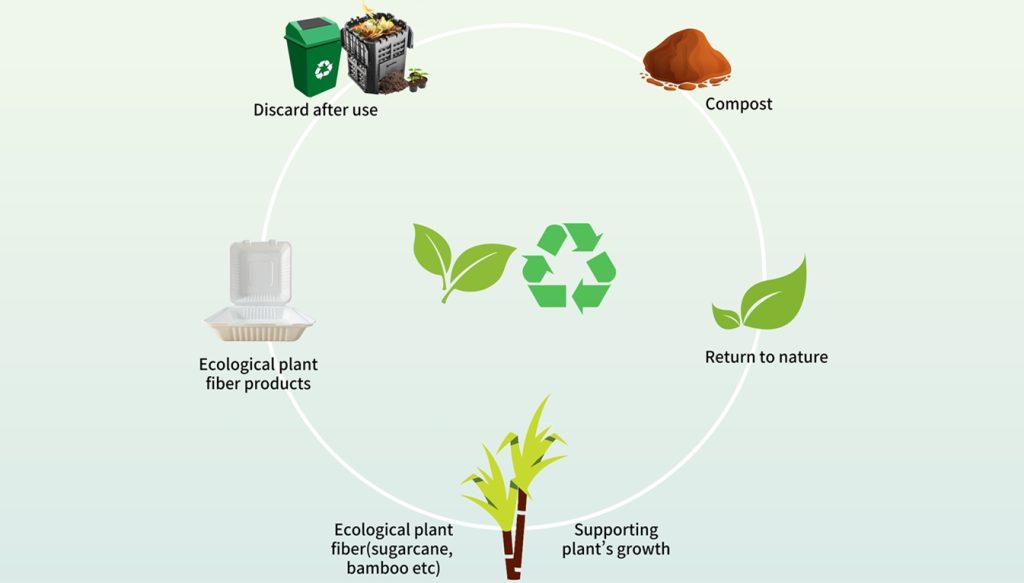
Sugarcane pulp tableware is recyclable
Composition and Characteristics of Bagasse
Key Components
Bagasse is a fibrous material derived from the cell walls of sugarcane plants. Its main components include:
-
Cellulose: The primary structural component, providing strength and rigidity.
-
Lignin: A natural adhesive that binds fibers together and adds rigidity.
-
Hemicellulose: Works with cellulose to enhance structural integrity and water retention.
-
Ash: A minor component that remains after combustion.
These components make bagasse an ideal candidate for transformation into various products, while its renewable nature and biodegradability make it a preferred alternative to petroleum-based materials.
Environmental Advantages
Bagasse is a renewable resource that is both biodegradable and compostable. Unlike plastics, which can persist in the environment for centuries, bagasse decomposes naturally, reducing waste and pollution. Additionally, its production does not require additional farming or harvesting, making it a sustainable choice for eco-friendly manufacturing.
Uses of Bagasse
Sustainable Packaging
Bagasse has become a popular material for eco-friendly packaging. As awareness of the environmental impact of single-use plastics grows, bagasse offers a biodegradable and compostable alternative. It can be molded into various shapes, including containers, trays, and protective packaging, reducing the need for plastic and styrofoam.
Biodegradable Tableware
In the foodservice industry, bagasse is increasingly used to produce disposable tableware such as plates, cups, bowls, and cutlery. Unlike plastic or foam options, bagasse tableware is heat-resistant, durable, and capable of holding both wet and greasy foods without leaking. More importantly, it breaks down naturally after use, making it a more sustainable choice for restaurants, cafeterias, and catering services.
Paper and Pulp Production
Bagasse is also a sustainable alternative to wood in paper production. By converting bagasse into paper pulp, manufacturers can reduce deforestation and waste. This pulp can be used to create a variety of paper products, such as napkins, paper towels, and writing paper, offering a more environmentally friendly option compared to traditional wood-based paper.
Bioenergy and Biofuels
Beyond physical products, bagasse plays a critical role in energy generation. In many sugar mills, bagasse is used as a biofuel to produce heat and electricity. This practice reduces dependence on fossil fuels, lowers carbon emissions, and provides a renewable energy source, contributing to a more sustainable energy ecosystem.
Other Applications
Bagasse can also be used in animal feed or as a base material for certain textiles. Researchers are exploring additional applications, such as developing bio-based composites and incorporating bagasse into construction materials. These innovations further highlight the versatility of bagasse as a sustainable resource.
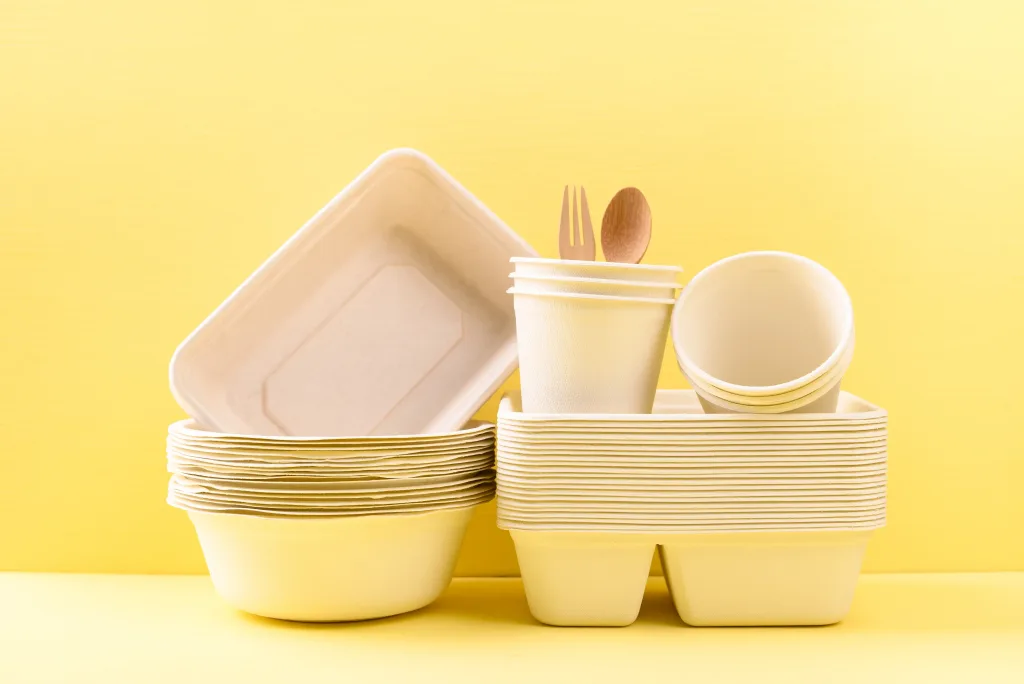
Bagasse Tableware Wholesalers Buying Guide
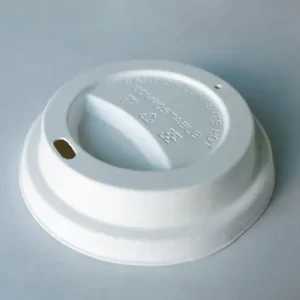
Disposable bagasse coffee cup lid
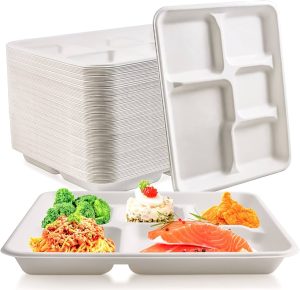
Natural Bagasse Fiber Paper Food Tray
Bagasse Tableware: A Viable Alternative to Plastic Tableware
Environmental Impact
Bagasse tableware is a highly sustainable alternative to plastic tableware. Unlike plastic, which can take hundreds of years to decompose, bagasse tableware is fully biodegradable and compostable. It breaks down naturally in the environment, significantly reducing plastic pollution.
Durability and Functionality
Despite its lightweight nature, bagasse tableware is surprisingly durable. It can withstand high temperatures (up to 200°F or 93°C) and is resistant to water and grease. This makes it ideal for serving hot meals, soups, and greasy foods without the risk of leakage or deformation.
Economic and Market Considerations
Bagasse tableware is cost-effective and increasingly popular in the market. As consumers become more environmentally conscious, the demand for sustainable products grows. Bagasse tableware not only meets this demand but also aligns with global efforts to reduce plastic use.
Production Process
The production of bagasse tableware is environmentally friendly and energy-efficient. The process involves cleaning and drying bagasse, converting it into pulp, and then molding it into the desired shapes. The absence of harmful chemicals and low energy consumption further reduce its environmental footprint.

Bamboo fiber + bagasse! Create perfect biodegradable tableware
Future Outlook for Bagasse
Bagasse has transitioned from being an overlooked byproduct to becoming a key component in sustainable manufacturing. Its versatility and eco-friendly nature make it a valuable resource for multiple industries. As technology advances and demand for sustainable products increases, bagasse is poised to play an even more significant role in reducing waste and promoting circular economies.
In conclusion, bagasse is a highly versatile and sustainable material that offers practical solutions across various sectors. From packaging and tableware to bioenergy production, bagasse provides an eco-friendly alternative to traditional materials. As the world moves toward more sustainable practices, bagasse is set to become an even more integral part of the global push for environmental responsibility.






